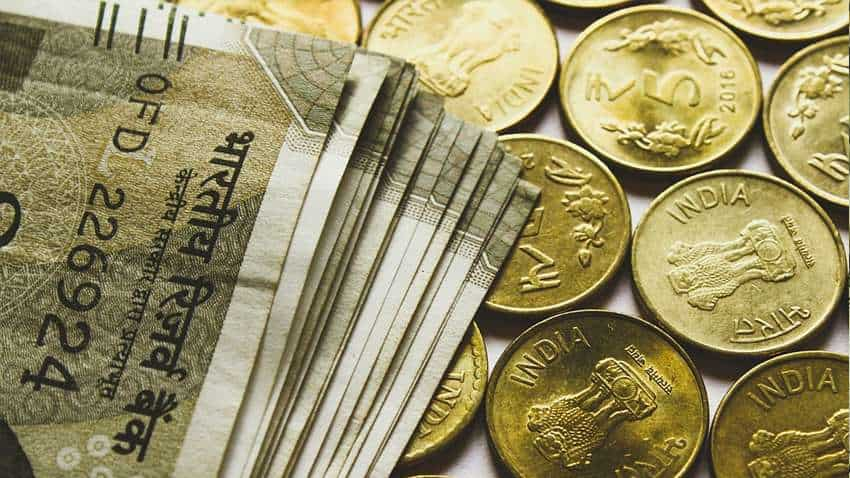How number of billionaires in Asia-Pacific expanded significantly since Covid-19 began
The number of billionaires in Asia Pacific has expanded significantly since the pandemic began. It reached 1,087 in November 2021, an increase of almost a third on pre-crisis figures, Oxfam said in a new report.

The number of billionaires in Asia Pacific has expanded significantly since the pandemic began. It reached 1,087 in November 2021, an increase of almost a third on pre-crisis figures, Oxfam said in a new report.
Even more striking is the extreme and increased concentration of wealth at the top during this prolonged health and economic crisis. In November 2021, the richest 1 per cent owned more wealth than the poorest 90 per cent in Asia Pacific, and the region's billionaires had increased their wealth by 74 per cent since the start of the pandemic.
The additional wealth they accrued in this time ($1.88tn) is more than double the total wealth owned by the poorest 20 per cent of people in the region.
Some billionaires have also benefited directly from the pandemic. As Credit Suisse notes in the 2020 World Wealth Report, one of Malaysia's billionaire glove manufacturers doubled their wealth between February and June 2020.
Others became billionaires because of pandemic profits. By March 2021 there were 20 new Asian 'pandemic' billionaires (from China, Hong Kong, India and Japan) whose wealth came from equipment, pharmaceuticals and services needed for the pandemic response.
These include Li Jianquan and family, whose firm Winner Medical makes masks and personal protective equipment for health workers, and Dai Lizhong, whose company Sansure Biotech has produced Covid-19 tests and diagnostic kits.
Covid-19 has unleashed a health and economic crisis that is exposing and exacerbating high levels of economic inequality in Asia. While rich elites are able to protect their health and wealth, the poorest people and minorities face a greater risk of illness, death and destitution, according to Oxfam.
Coronavirus has widened the cracks in this unequal system, fuelling a pernicious cycle of poverty and economic inequality in Asia.
The World Bank estimates that coronavirus and rising economic inequality pushed 140 million additional people into poverty in Asia in 2020, and 8 million more in 2021. New variants alongside higher inequality levels than expected7 mean these figures are likely to be underestimates.
Yet, while lockdowns and economic stagnation destroy the livelihoods of many poor and 'just managing' families, the region's richest elites have recovered and even increased their fortunes.
Between March and December 2020, Asia's billionaires accrued enough additional wealth to cover a salary of almost $10,000 for each of the 147 million equivalent jobs lost in the region during that time. By November 2021, the number of billionaires in Asia Pacific had increased by almost a third on pre-pandemic levels, with their collective wealth growing by 74 per cent.
Some of the region's richest people have even benefited directly from the crisis. For example, one of Malaysia's billionaire glove manufacturers doubled their wealth between February and June 2020. By March 2021, there were 20 new Asian 'pandemic' billionaires, whose fortunes came from equipment, pharmaceuticals and services needed for the Covid-19 response.
"Measures, such as taxes on wealth and excess profits, could raise substantial additional revenue if governments are willing to implement them. We have calculated that a wealth tax of 2-5 per cent on Asia Pacific's multi-millionaires and billionaires could raise an additional $776.5bn every year. That would be enough to increase public spending on health in the region by 60 per cent", Oxfam said.
The distribution of productive assets such as land has also long been highly skewed in Asia. For example, research before the current crisis found that the top 20 per cent of farmers in Pakistan held 69 per cent of the country's agricultural land. In Thailand, the top 10 per cent owned more than 60 per cent of land, compared to just 0.07 per cent for the poorest 10 per cent.
While the pandemic continues to stand in the way of any kind of recovery for the poorest people in Asia, extreme wealth and corporate profit are booming. Not only did the richest people bounce back quickly in the early months, as the coronavirus crisis has continued, they have continued to prosper.
Get Latest Business News, Stock Market Updates and Videos; Check your tax outgo through Income Tax Calculator and save money through our Personal Finance coverage. Check Business Breaking News Live on Zee Business Twitter and Facebook. Subscribe on YouTube.
RECOMMENDED STORIES

Looking for short term investment ideas? Analysts suggest buying these 2 stocks for potential gain; check targets

Small SIP, Big Impact: Rs 1,111 monthly SIP for 40 years, Rs 11,111 for 20 years or Rs 22,222 for 10 years, which do you think works best?

SCSS vs FD: Which guaranteed return scheme will give you more quarterly income on Rs 20,00,000 investment?

SBI 444-day FD vs PNB 400-day FD: Here's what general and senior citizens will get in maturity on Rs 3.5 lakh and 7 lakh investments in special FDs?
07:22 PM IST










 Mukesh Ambani with $40bn, richest among 121 billionaires in India: Forbes
Mukesh Ambani with $40bn, richest among 121 billionaires in India: Forbes Ambanis top Forbes list of Asia's richest families, pip Lees
Ambanis top Forbes list of Asia's richest families, pip Lees Forbes list of world’s billionaires: These four Indian women are on the list
Forbes list of world’s billionaires: These four Indian women are on the list